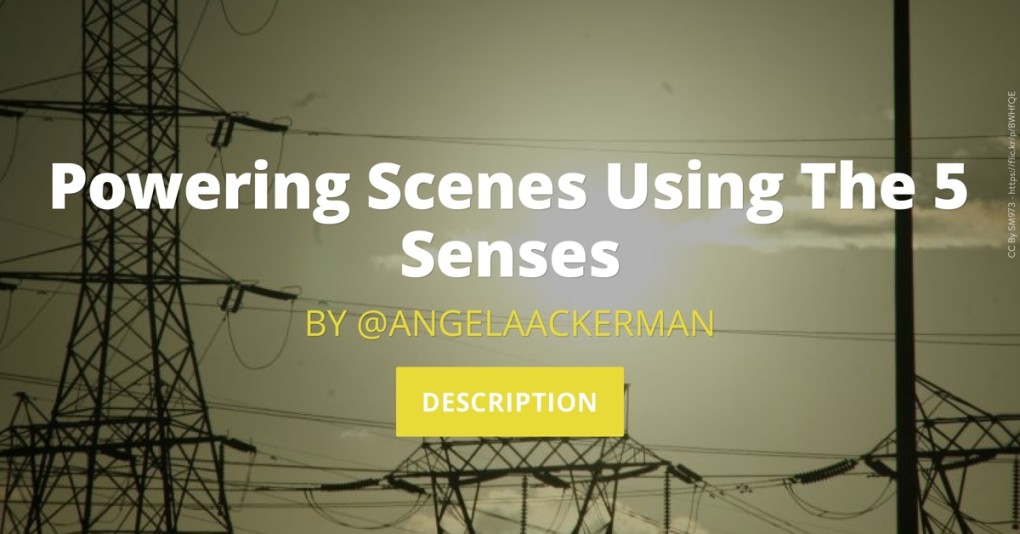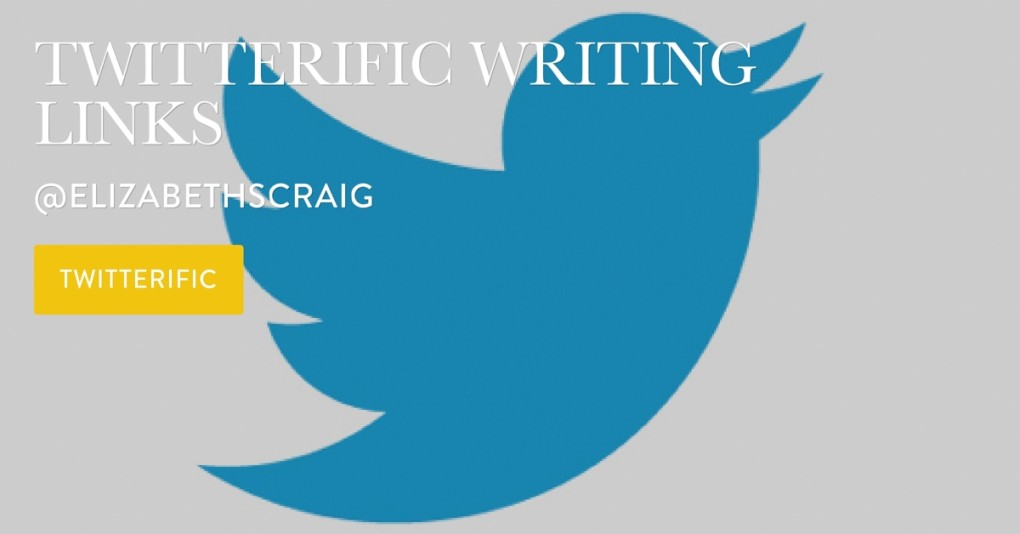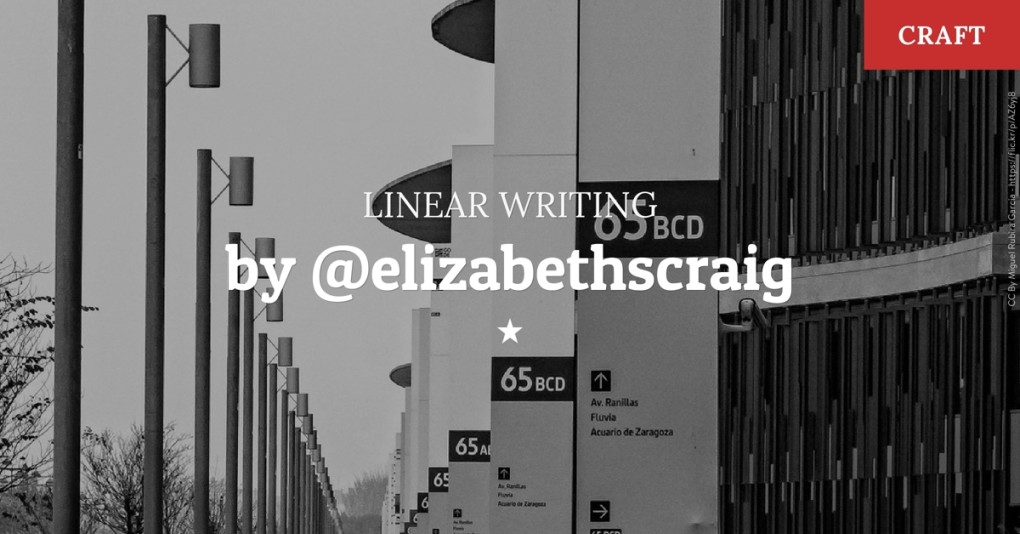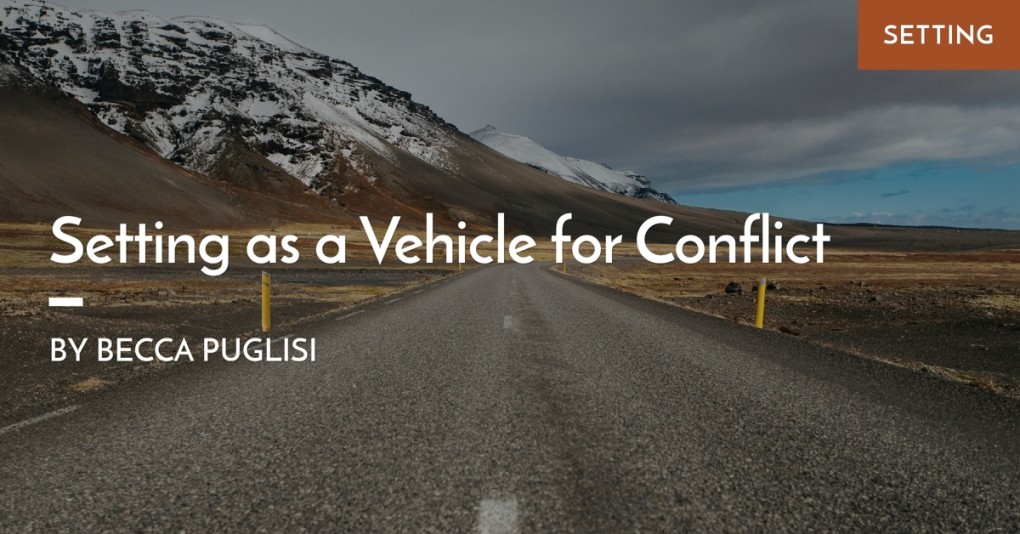
by Angela Ackerman, @AngelaAckerman
There isn’t a writer alive who doesn’t believe description is important. We know that the key to pulling readers into our fictional world lies in how well we can describe each scene, giving it color and texture, and infusing it with emotion and substance. And one of the very best ways to achieve this is to use sensory detail: the sights, smells, tastes, textures, and sounds that our POV character or narrator experiences.
Emotion factors heavily in sensory description because the mindset of the POV character influences what they notice (which also determines what details the reader is privy to). A character sitting by a river to enjoy a happy, reflective moment after graduating university may be drawn to clusters of green shoots along the muddy bank that slant in the direction of the sun. She might note the sharp, clean scent of pine needles and how each breath makes her feel renewed. The give of moss, the gentle breeze, and the sound of the water chuckling across stones…all of these details may lull her (and the reader) into a sleepy state of satisfied bliss.
However, a character dropping behind an uprooted tree along the riverbank to hide from her enemies would focus on different details: the poke and scrape of wood against her back and arms as she presses tight against the fan of roots. The cold river water seeping into her shoes as they sink in the mud which reeks of decay. The snap of branches, the shouts of her pursuers, the squeezing rush of her own shuddering breaths.Continue reading





